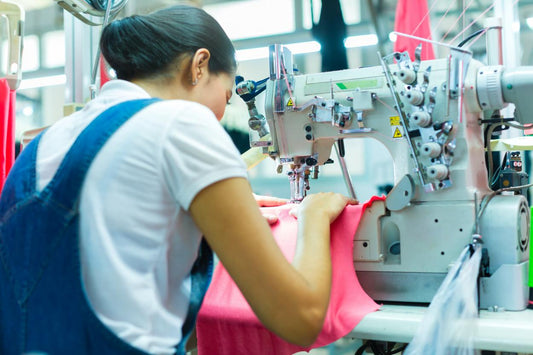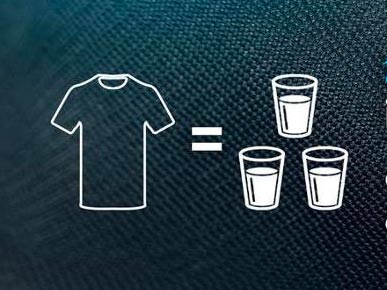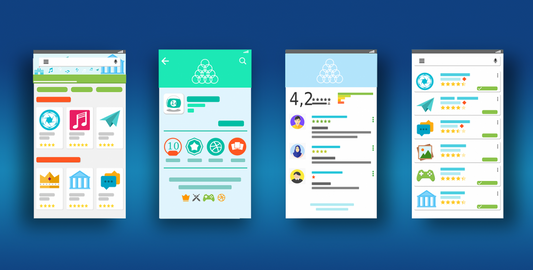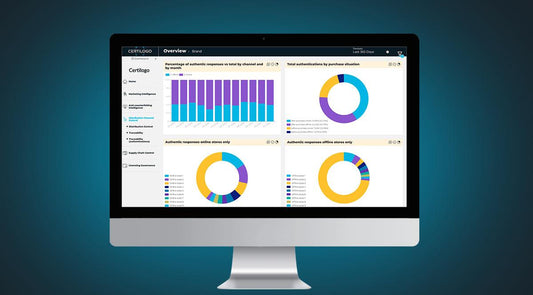The importance of fashion supply chain transparency
Phygital, the evolution of the user experience
What are NFTs and how are they changing the fashion industry?
Digital Fashion, a great mix of innovation and creativity
QR code vs NFC tag, which one is the best?
Recycling textiles: challenges and opportunities
Benefits of having a digital customer loyalty program
The role of data analytics in fashion
What are connected products?
The advantages of digital transformation for fashion brands




























